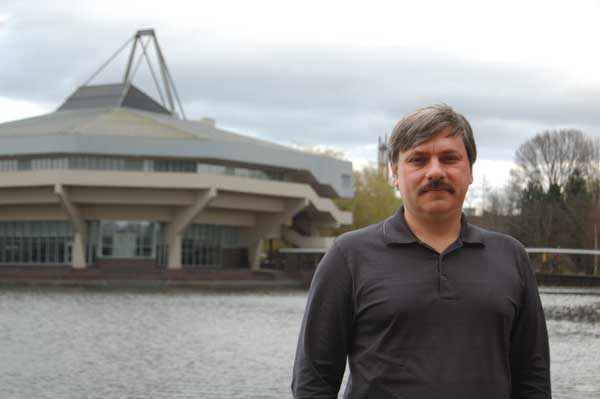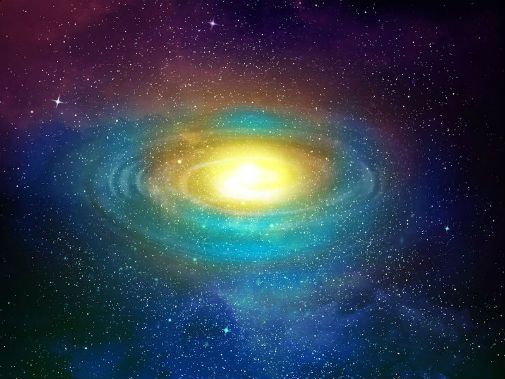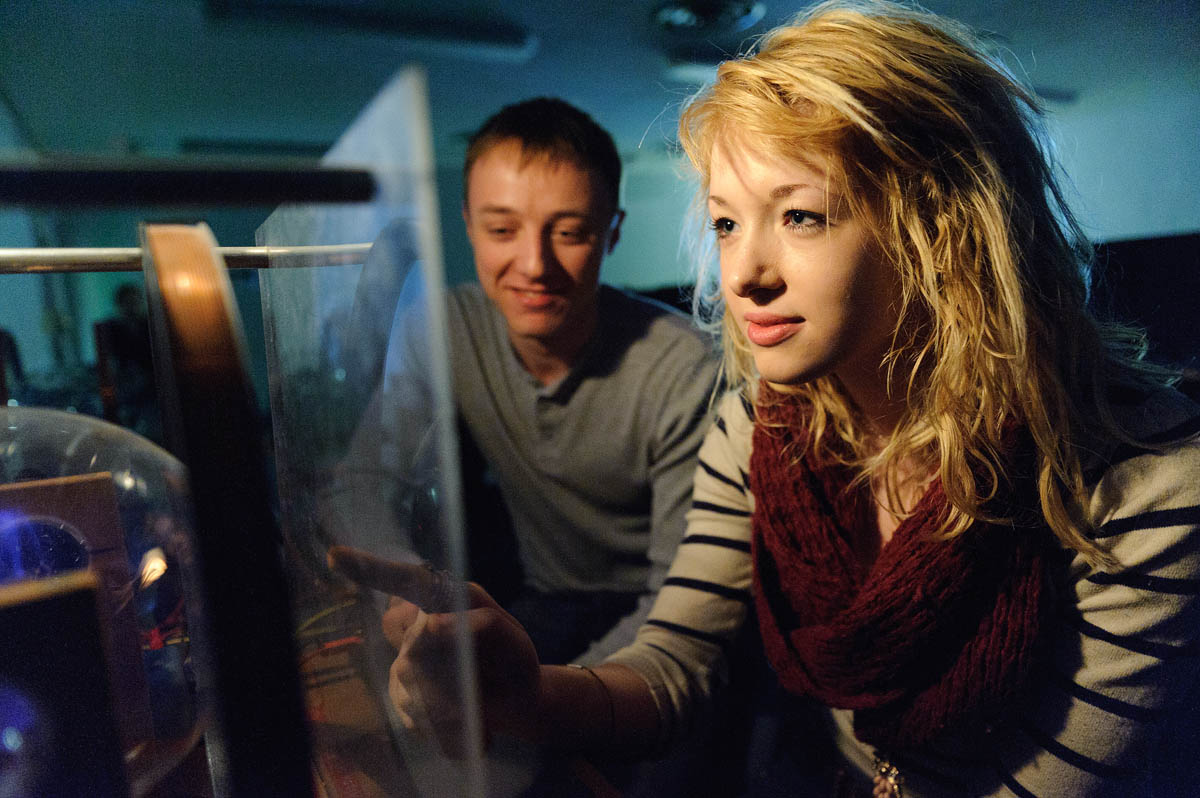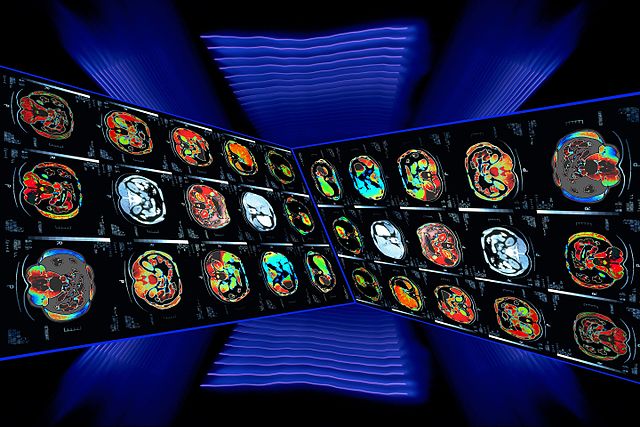Dark matter
Our work has spilled into other areas of physics, such as astrophysics. At York, we discovered that a certain type of hexaquark might be produced in neutron stars. This led to collaboration with Alessandro Pastore, a theoretical physicist, who has been able to calculate the consequences of our findings on the physics of neutron stars.
Our paper on hexaquarks and dark matter generated a lot of interest. The stars and interstellar matter of the observable universe only account for a small proportion of the universe’s total calculated mass. The other 80 per cent is known as dark matter, which has never been directly observed. We have shown that in a state called a Bose-Einstein condensate, these hexaquarks might resemble a dark matter particle.
We still have a lot of work to do to test this idea!






